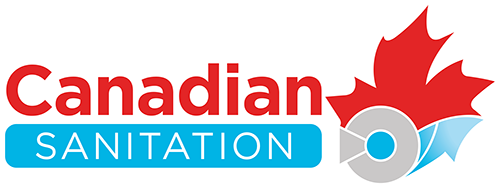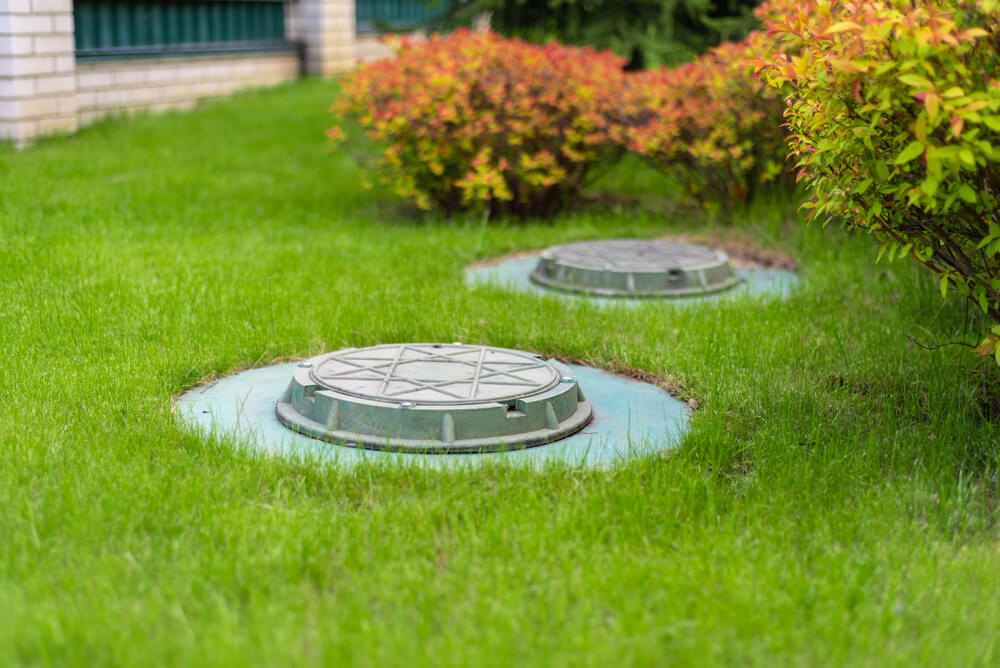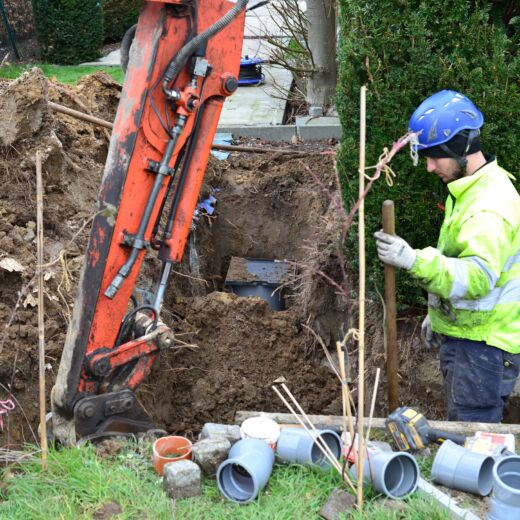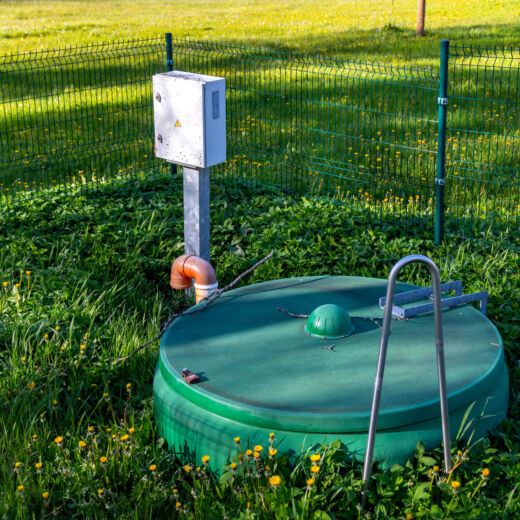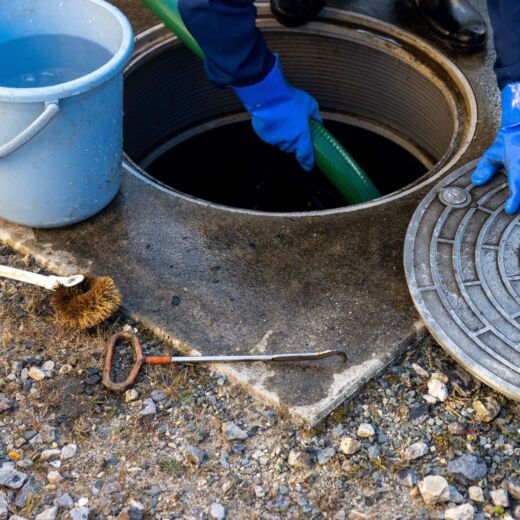As South-Central Ontario begins to thaw, septic system owners should gear up for the seasonal change with a check-up to ensure their systems are in prime condition. Whether you’re new to owning a septic system or have been managing one for years, understanding and maintaining your system is key to avoiding inconvenient and costly issues down the line. Our helpful septic system checklist for spring can help get you started.
Understanding Your Septic System
The tank and the leach field make up the two main parts of a septic system. Waste from your home gathers in the tank, where it begins to break down, and then moves to the leach field, where further treatment occurs before the water reenters the ground. There are three types of septic systems: aerobic, gravity, and pump, each with specific mechanisms for waste treatment.
The size of your tank should match the size of your home, with a typical range from 1,000 gallons for a one-bedroom house to 4,000 gallons for a four-bedroom house. Waste within the tank is treated across three chambers, ensuring it’s adequately processed before reaching the leach field.
Pre-Spring Septic System Checklist
To keep your septic system running smoothly, follow these essential maintenance tips:
- Schedule a Professional Septic System Inspection: Before disaster strikes, particularly after heavy snowfall or during periods of extremely low temperatures.
- Professional Pumping of the System: In late spring, once temperatures have consistently warmed up. Avoid pumping when the ground is still cold for optimal results.
- Monitor for Signs of Flooding: Look for smelly puddles around the tank, a sign that your system might be overflowing, especially after snow and ice have melted.
- Manage Gutter Downspouts: Direct downspouts away from your septic tank to minimize flooding risk, which is essential in spring due to increased rainfall.
- Annual Inspections: Schedule yearly inspections to address potential issues early and prevent major system failures. After a long winter in Ontario, spring is the perfect time to have this done.
- Maintain Your Regular Septic-Friendly Routines: These routines include scheduling a professional inspection annually to detect any potential issues early, pumping out the septic tank every three to five years to prevent system failure and overflow, and conserving water to reduce the load on the system. Households should also avoid disposing of harmful materials down the drain, such as oils, chemicals, and non-biodegradable items, which can clog or damage the system. Regularly checking and cleaning drain field areas, ensuring they’re free from obstructions and diverting rainwater away from the area to prevent saturation are also key practices. Adopting these habits helps maintain a healthy septic system, safeguarding your property and the environment.
Choosing the Right Professional Septic Services
In need of septic services in South-Central Ontario? Seek out companies with a strong local presence, experienced teams, and a commitment to customer satisfaction. These companies should offer comprehensive services, including septic system inspections, pumping, cleaning, drain field installation, and maintenance, designed to meet the needs of homes and businesses in the region.
Septic System Inspections from Canadian Sanitation
Canadian Sanitation offers septic system services in Simcoe County and surrounding areas. Our professional team can help prepare your septic system for spring and summer after a long winter, whether you need maintenance, repair, or installation. Our highly skilled professionals will take the time to provide a thorough septic system inspection as spring arrives, ensuring your tank is in excellent condition and ready to take on a new season.
